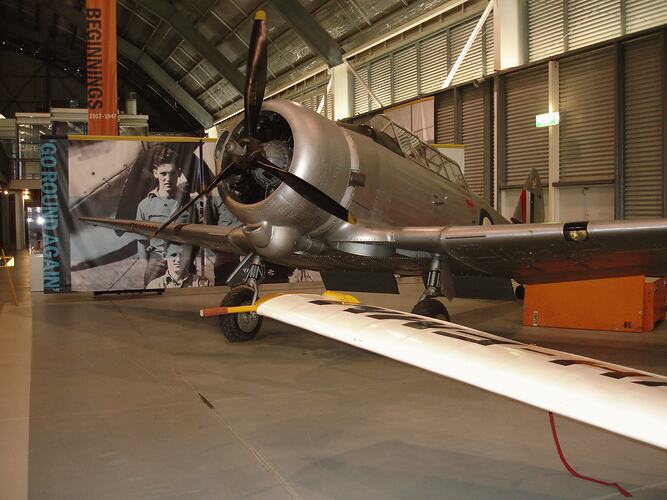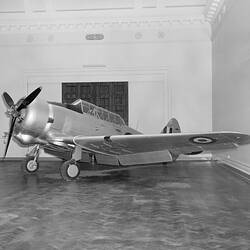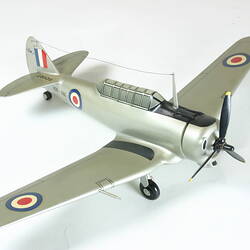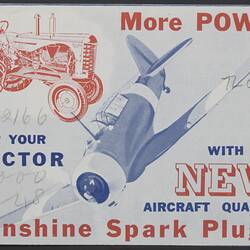Australia's defence capability was a matter of serious concern by the mid-1930s as Japanese military aggression in China signalled confrontation with the western powers. Australia had no domestic aircraft mass-production capacity until the Commonwealth Aircraft Corporation was formed in 1936 by a syndicate of leading businesses such as BHAS, BHP, ICI and General Motors-Holden to manufacture aircraft for the RAAF. A delegation led by Lawrence Wackett toured aircraft factories in the UK, Europe and North America to find a suitable design for local production. Wackett's team recommended the two-seat North American Aviation NA-16 monoplane. The selection of a US design caused political problems for the Lyons government which preferred British aircraft for the RAAF. Increasing problems with obtaining supply of aircraft from Britain and the lack of a suitable British design forced the government to accept the inevitable and order the locally produced NA-16. A factory was built in Lorimer Street, Fisherman's Bend, Port Melbourne. By the time production began in 1938, the NA-33 design had been substituted as a more advanced design including retractable undercarriage among other refinements. The name Wirraway (said to be an aboriginal word for 'challenge') was selected in April 1938. The first production aircraft flew in March 1939 flown by CAC test pilot Hubert Boss-Walker.
The outbreak of the Second World War in September 1939 led to a massive expansion of the RAAF and orders for several hundred Wirraways were placed to provide training machines for the Empire Air Training Scheme. The Pratt & Whitney R-1340 Wasp engine for the Wirraway was also built in Australia by CAC at Lidcombe, NSW. A total of 755 Wirraways were built by CAC between 1939 and 1946. The North American developed design was later became the AT-6 Texan, SNJ or Harvard used by many air forces as an advanced training aircraft. Although designed as a training aircraft, the lack of any suitable alternative forced the Wirraway to be used for a variety of other roles such as army cooperation and air defence. The war against Japan led to tragic episodes such as the defence of Rabaul in January 1942 where all the Wirraways of 24 Squadron were shot down by Japanese fighters or destroyed on the ground with heavy loss of life. Only one Wirraway pilot ever succeeding in shooting down a Japanese aircraft when Pilot Officer John Archer of 4 Squadron surprised a Japanese fighter near Buna in New Guinea on 26 December 1942. It crashed in shallow water after Archer made a diving attack. Wirraways continued to be used in New Guinea and Bougainville as army cooperation aircraft where they performed well. Most Wirraways however served in Australia as advanced training aircraft. The RAAF continued to use the Wirraway as a trainer until 1959 with most surviving aircraft based at Point Cook near Melbourne. In 1958 CAC developed a crop-duster version of the Wirraway known as the CA-28 Ceres and 21 of these aircraft were built using converted Wirraway airframes.
More Information
-
Keywords
-
Authors
-
Article types



